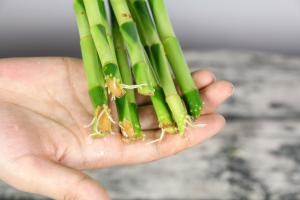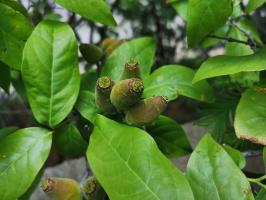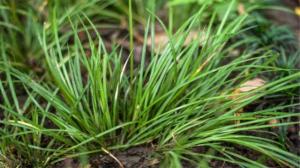How to Stake a Pineapple Tomato Plant
Tomatoes are delicious and incredibly versatile in the kitchen. They can be sliced and diced for salads, served as a refreshing salsa, or roasted with herbs and spices. However, growing tomato plants can be a challenge, especially when it comes to ensuring the plant remains upright and doesn't topple over under the weight of the fruit. Staking your pineapple tomato plant is an excellent way to keep the plant upright and ensure healthy fruit development. Here's how to do it:
Gather Your Materials
The first step in staking your pineapple tomato plant is gathering your materials. You will need a few bamboo stakes or metal posts (at least two per plant), garden twine, and scissors. Bamboo stakes are an eco-friendly option, and they're perfect for supporting small to medium-sized plants. However, if you're growing larger pineapple tomato plants, you may want to consider using metal posts instead, which offer more strength and support.
Prepare the Stake
The next step is to prepare your stakes or metal posts for use. If you're using bamboo stakes, make sure they're at least the same height as your tomato plant. To prepare a stake, use a hammer and nail to create small holes at two-inch intervals along the length of the bamboo, starting a few inches from the top. These holes will help secure the garden twine to the stake. If you're using metal posts, sharpen the bottom and then drive them into the ground on either side of the tomato plant. The posts should be at least a foot deep to provide sturdy support.
Tie the Plant to the Stake
Once your stakes or metal posts are firmly in place, it's time to tie the pineapple tomato plant to the stake. When tying, be gentle to avoid damaging the plant. Use garden twine to loosely tie the stem of the plant to the stake, ensuring that you don't tie it too tight, which can impede growth. Tie the plant at several different points along the stake, starting near the bottom and working your way up the plant's height. Aim to tie your pineapple tomato plant about an inch or two below the first flower cluster, which is where most of the plant's weight will reside as the fruit begins to mature.
Check the Ties Regularly
After staking your pineapple tomato plant, it's essential to check the ties regularly. As the tomato plant grows and matures, it will need additional support to continue to grow upright. Check the ties every few weeks, adjusting them as necessary to keep the plant secure. Make sure to remove any old or broken ties to avoid damaging the plant further.
Conclusion
Staking a pineapple tomato plant is a simple but effective way to ensure your tomatoes grow healthy and strong. By gathering your materials, preparing your stakes or metal posts, tying the plant to the stake, and checking the ties regularly, you can help your plant flourish and ensure a bountiful yield of juicy, delicious pineapple tomatoes.

 how many times do yo...
how many times do yo... how many planted tre...
how many planted tre... how many pine trees ...
how many pine trees ... how many pecan trees...
how many pecan trees... how many plants comp...
how many plants comp... how many plants can ...
how many plants can ... how many plants and ...
how many plants and ... how many pepper plan...
how many pepper plan...
































